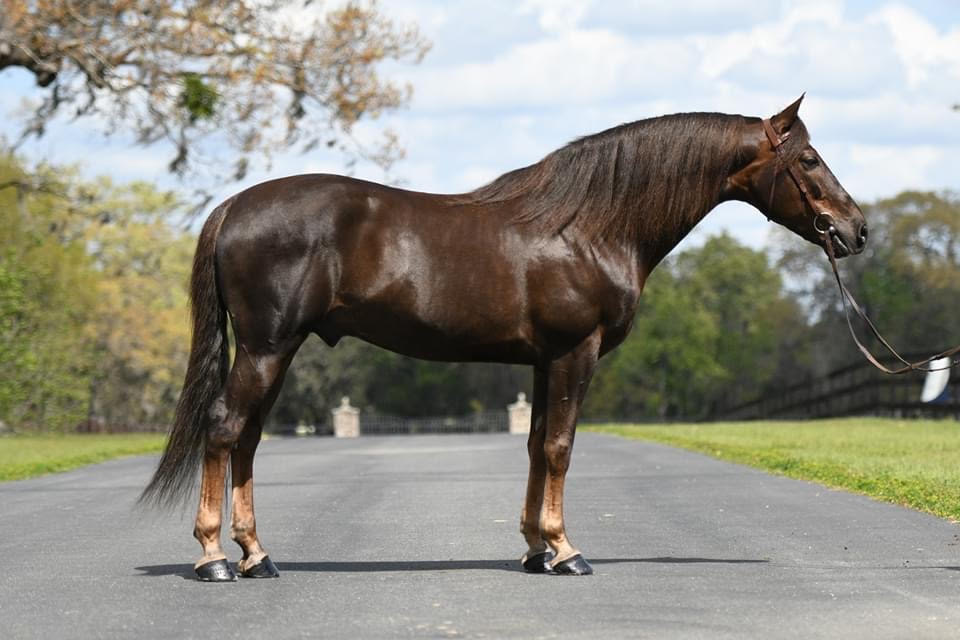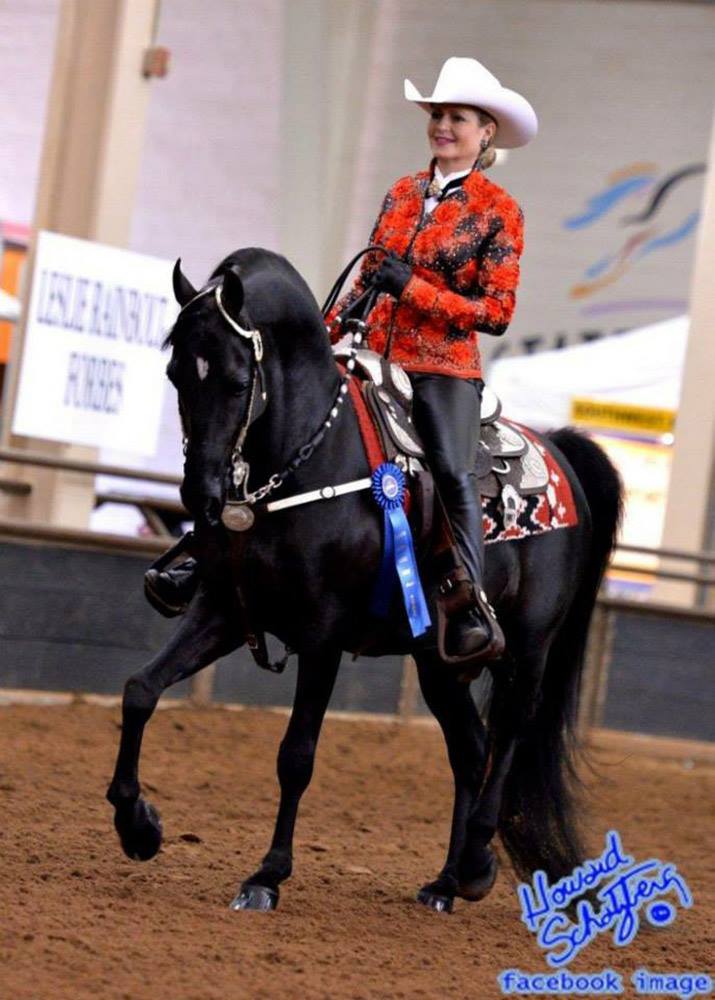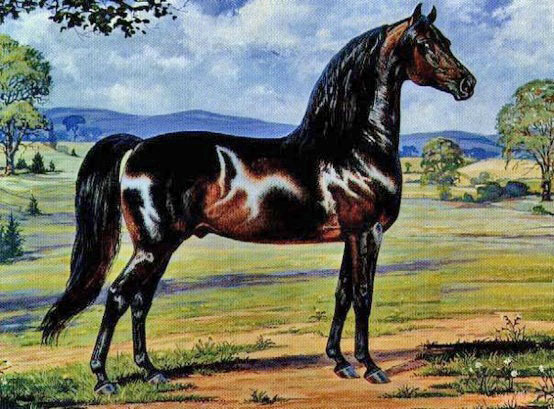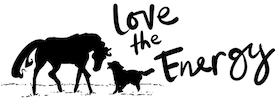The Morgan horse is a distinctly American breed with a unique origin story centered on one famous stallion, Figure, and the life and legacy he built in Vermont. Today, Morgan horses are found throughout the world, although most are still in the United States, and they are known for their wonderful personalities and versatility.

One horse started a legacy that’s become an entire breed. Those Morgan horses have trotted their way into the hearts of equine enthusiasts around the world, especially here in the United States. The Morgan is known for its endearing personality, beauty, versatility, soundness, and stamina. These traits make it popular in many different disciplines.
History of Morgan Horses
In 1789, a small, bay colt was born. Some say he was born in West Springfield, Massachusetts, while another theory has that he was born in Hartford, Connecticut. The point is, he made his way to Randolph, Vermont, where he was used as payment for a debt owed to Justin Morgan, a school and singing master in the town.

Justin Morgan named the colt Figure, after a note of music, although the horse eventually took the owner’s name, as was the common practice at that time. Once Figure was old enough, Justin started training and working him, and Figure’s speed in horse races, strength in the fields, and beauty became legendary throughout Vermont. He was also a prepotent sire and passed these characteristics to his offspring.
Breeding continued through three famous sons, Bulrush, Sherman, and Woodbury. Morgan horses were prized for being speedy carriage and road horses, affable workhorses, and ideal family horses. In 1909, the breed registry was formed.
Breed Characteristics
Morgan horses are beautiful and have wonderful personalities. In fact, the American Morgan Horse Association, the breed registry, states that they exist because they please people. The horses have intelligent heads, with large kind eyes. They have large nostrils in a small muzzle and foxlike ears. The Morgan has a clean throatlatch and an arched neck, that ties into a sloping shoulder. The legs are clean and straight, and the chest is wide. The top line is often referred to as a tabletop, with a high set tail.
Height averages 14.1 to 15.2 hands. Morgan horses can be many colors, with chestnut, black, bay, and brown being very common. Other colors, including palomino, buckskin, smoky black, cremello, perlino, smoky cream, dun, gray, roan, and pinto are also possible. The horses are versatile with friendly and charismatic personalities.
Horses are versatile and have wonderful gaits. They are known for being able to trot all day, and the canter is especially smooth. The walk is ground covering, and they have a lot of stamina, which is why they were such popular horses for work, military, and other uses.
UVM Morgan Horse Farm
The breed has a long history with the government, specifically the cavalry. Today, that connection is still seen at the University of Vermont (UVM) Morgan Horse Farm, the location that was the cavalry remount station. Colonel Joseph Battell established the Weybridge Stock Farm in 1878 for his Morgan horses. Colonel Battell was a huge influence on preserving the breed’s history and promoting them. Then, the farm became a cavalry remount station in 1907.
The government bred cavalry horses here until the 1950s. At that point, the herd was dispersed to the land-grant universities in New England. UVM assumed stewardship of the farm in 1951 and continues breeding horses and using them for education. Other descendants of the original herd are still found at the University of Massachusetts and the University of Connecticut. The UVM Morgan Horse Farm is open to the public and visitors enjoy going every year, including attending special events. There is a statue of Figure in front of the main barn too, that’s become iconic among breed and equine enthusiasts.

Lippit Morgans
The Lippitt Morgan horse, a subset within the broader spectrum of the Morgan breed, stands as a living testament to the historical roots and enduring legacy of these remarkable equines. Named after Robert Lippitt Knight, whose passion for preserving the original traits of the Morgan horse ignited the movement, Lippitt Morgans embody the essence of the breed’s earliest days. These horses are meticulously bred to maintain genetic purity and an unbroken connection to the lineage of Figure (Justin Morgan), the foundation stallion.
With a steadfast commitment to historical preservation, Lippitt Morgans showcase the quintessential traits of the original Morgan horse: a compact and elegant build, expressive eyes, a distinctive high-stepping trot, and a willingness to excel across a variety of tasks. As a cherished subset, Lippitt Morgans offer a window into the past, allowing us to appreciate the enduring beauty and versatility that have defined the Morgan breed for generations.
Morgan Horses Today
Today, Morgan horses are found throughout the world. The main registry, in the United States, has over 89,000 horses and there are smaller registries in Canada, the United Kingdom, Sweden, Australia, and in other countries. Horses are found in all disciplines, from show horses to working western, dressage, combined driving, endurance and trail, lessons, therapeutic riding, and anything else a person wants to do. The Morgan horse is known as “the horse that chooses you” and this certainly is true as they quickly capture the hearts of all who know them and they can form deep bonds with their riders.
Sources: American Morgan Horse Association, International Museum of the Horse, Oklahoma State University, and UVM Morgan Horse Farm.
